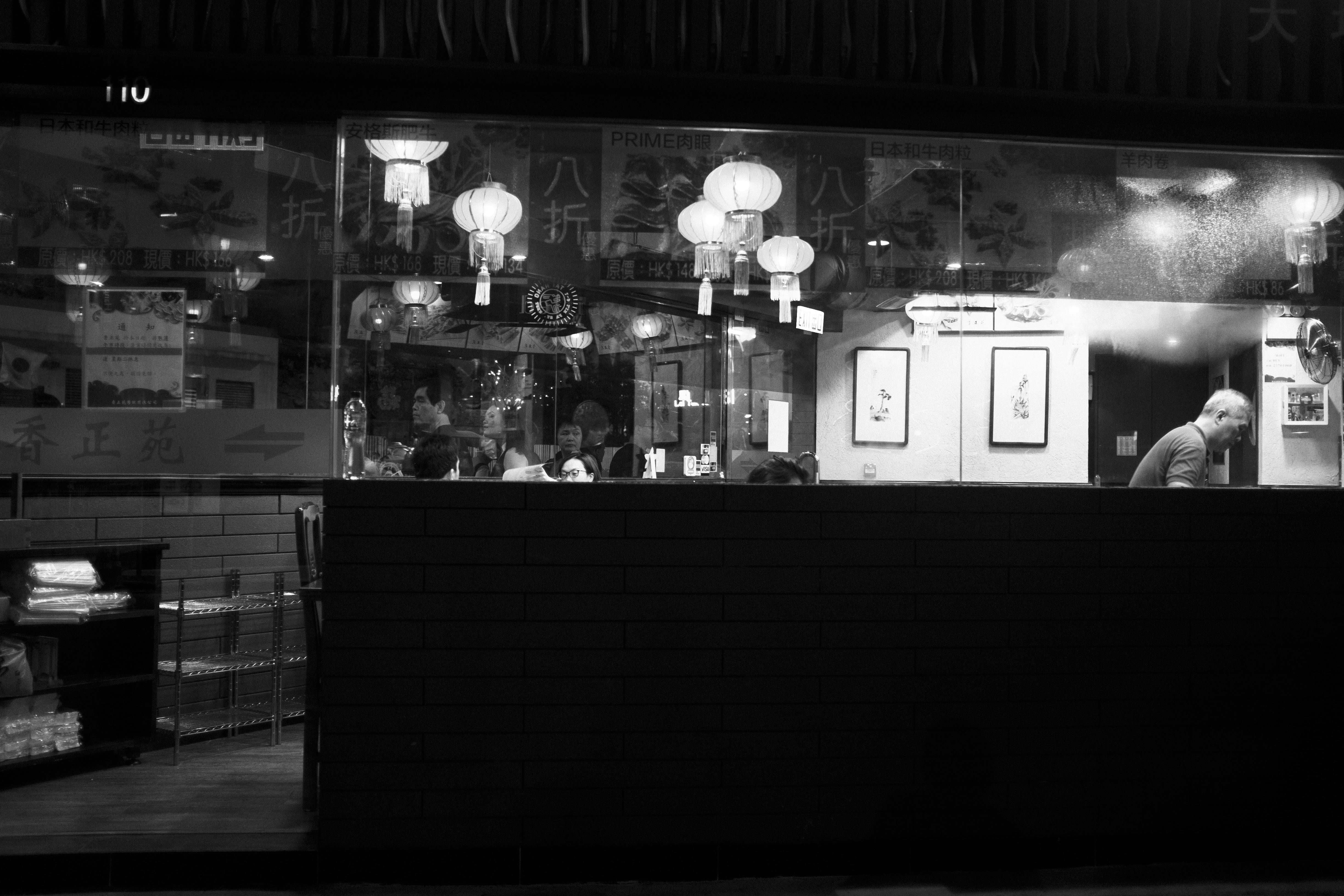“I am like a blind man here”, Wang told me with half a smile on the first day of the program in Zurich, when I sat down next to him. He was referring to the language barriers being a challenge to finding one’s way around in an unfamiliar place. Despite Hong Kong’s sophistication in regards to urban design and management of the huge number of people navigating through the city day by day (with the MTR connecting everyone in a speed and efficiency that leave Zurich’s chugging tramways far behind) I can relate to his experience much better since we’ve arrived at Victoria Harbour.
Of course, blindness is meant here as a metaphor for an experience of foreignness. Sight (or rather the limitation of it) forms only one level of this experience when being confronted for example with countless street signs, billboards and menus written in Cantonese or Mandarin only. Sight as well as hearing point to the receptive level of the experience of strangeness. New arrivals see without insight and they listen without understanding. They bring along their cultural codes, only to find that these don’t apply to the new setting. They receive all sorts of uncommon information, images, sounds, odours, textures in all sorts of new compositions. Having to make sense of them, having to investigate meaning. By this, they are thrown back to themselves and their own specific social and cultural background. They scan their memories for similar experiences in order to know how to act and react. Most of all, they learn. They learn starting with the smallest of things like how to recharge an Octopus card or how to stay hydrated.
Arriving is a rite of passage. It is a liminal space of high chances and deep insecurities. Arriving is a threshold. Here, anything seems possible and yet unwritten. The location is packed with histories – collective and individual ones. Histories widely unknown to us. To slowly start engaging with them, we, the new arrivals, are first faced with questions of access. How to access this city? Its residents? Its infrastructure and topographies? Its culture and its languages? Its stories and its secrets?
And, on the other hand, how do we make (artistic) use of this metaphorical blindness, this liminality of the arrival before getting more accustomed to the place? What might the stranger’s eye be able to see that is already overlooked by the resident’s? What might the foreigner’s ear still be able to hear that is overheard by the local’s? So, miraculously and before even trying, we already find ourselves in midst of the spoken and the unspoken.

